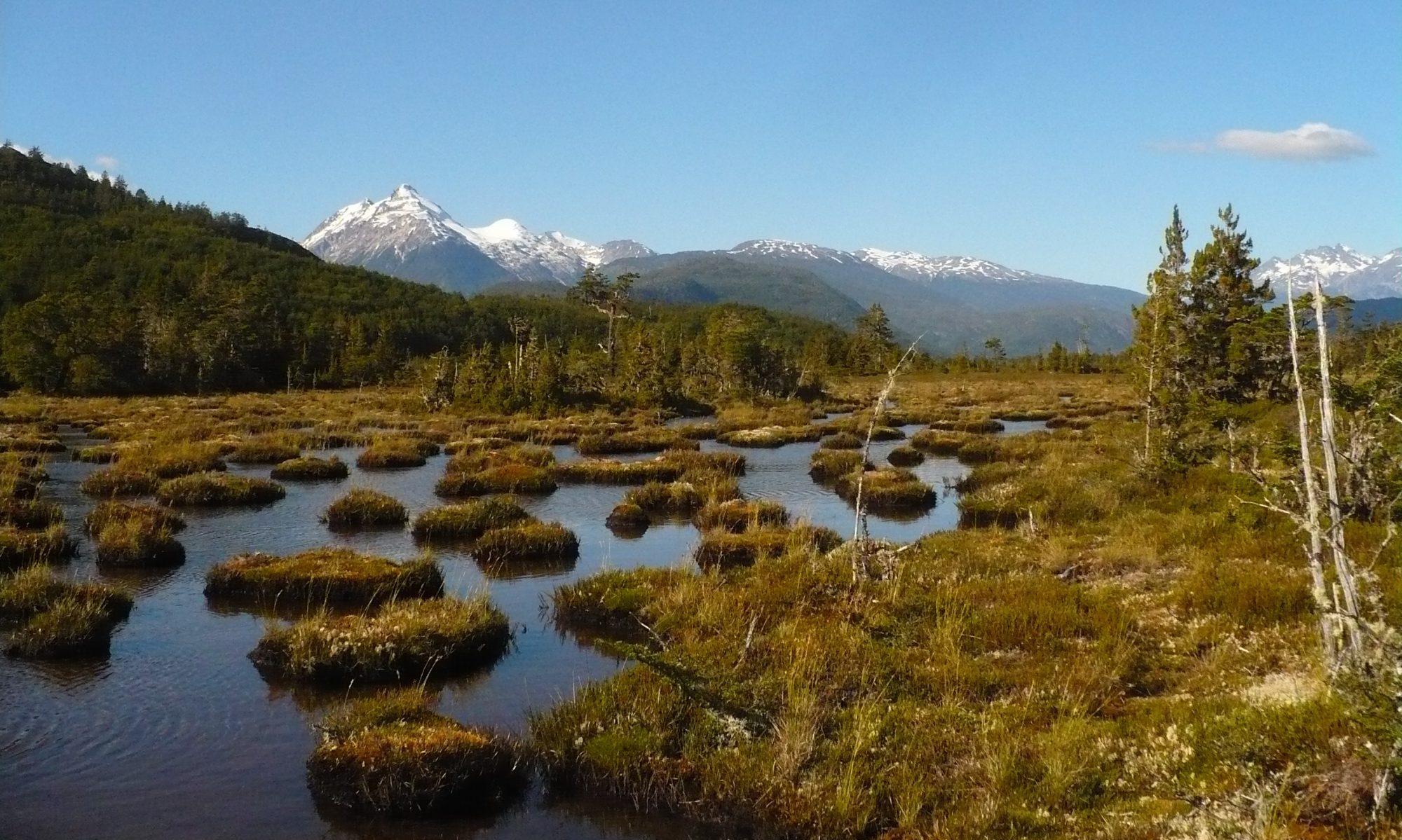We have seen that mires form in water saturated environments, by the accumulation of organic matter (dead plants). Most of the soil organisms which usually do the decomposition of organic matter also need air and oxygen to do their work, so the rate of decomposition is severely reduced.
When the water table of a mire drops and the peat soil is exposed to aerobic conditions, the soil organisms come back and hence the decomposition of the accumulated organic material (the peat) is accelerated again.
A drop of the water table might be the consequence of drainage on purpose, for example agricultural use, peat exploitation and road construction, or as a consequence of groundwater depleting landscape uses such as forest plantations, or just as a consequence of climate change.
Although peat is like a sponge and stores water in the landscape, it dries, when it is cut from its usual water source . Even a sponge dries, when it is put in the sun for too much time!
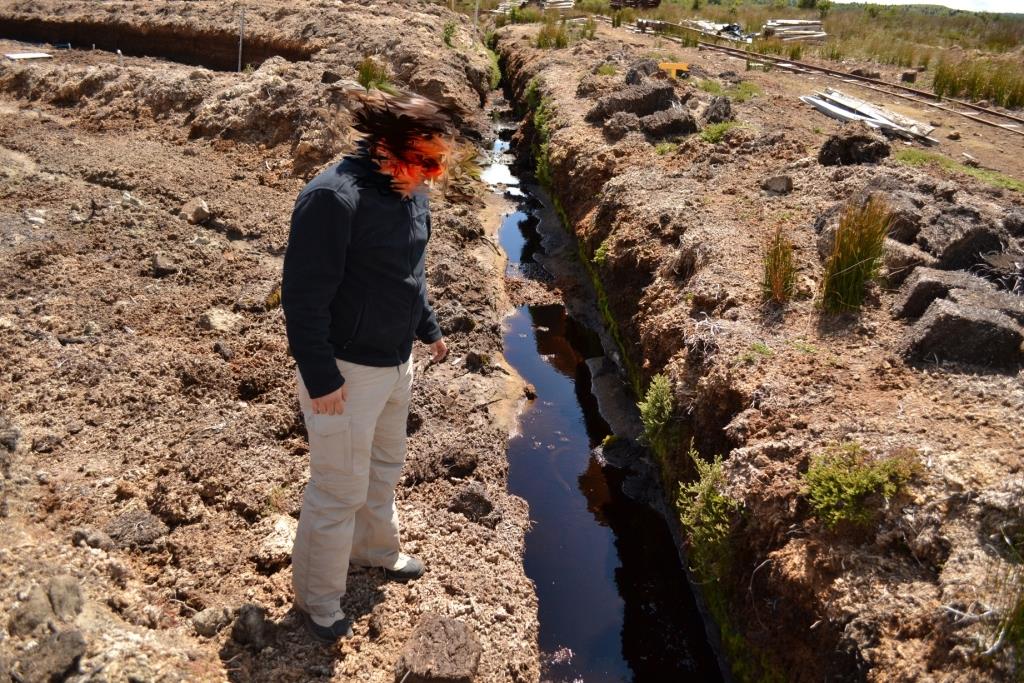

Following the drying of the peat soil three different processes will be initiated.
Consolidation: Peat, is a porous medium and consists of many fibres from roots, mosses or wood. These fibres have a certain buoyancy, which let the volume extentduring water saturated conditions. When the water level drops, the volume of the peat decreases, similar to the height of the herbs in a calabassa of Mate which sink, when one sucks the water out.
Shrinkage of the volume: As a consequence of a lower water content, the big pores collapse and the fibres will be attracted to each other. This is a “soil-mechanical process” which leads to the formation of cracks and fissures.
Mineralisation: Organic matter consists of about 50 % carbon (C). Soil organism start to consume the peat substrate and produce together with the oxygen (O) from the air carbon dioxid (CO2) which is emitted to the atmosphere. What remains are other compounds and elements (minerals), which is why the process is called mineralisation.
Because of these processes, the total volume and mass of a peatland is changing.
According to a study of Illnicky (1967) in Poland decomposed sphagnum peat loses 53-66% of its volume. For wood peat and radicell peat, it can even be up to 70%.
Is the degradation and mineralisation proceeding, a process called “secondary soil formation” gains importance. What once were distinct fibres of plants became a mass of smaller particles which are products of the decomposition. These smaller particles form a dark mass, which loses its sponginess and develops features of ordinary mineral soil, like cracks and crumbs (soil aggregates). With time, those crumbs become smaller and harder (so called Moorsh).
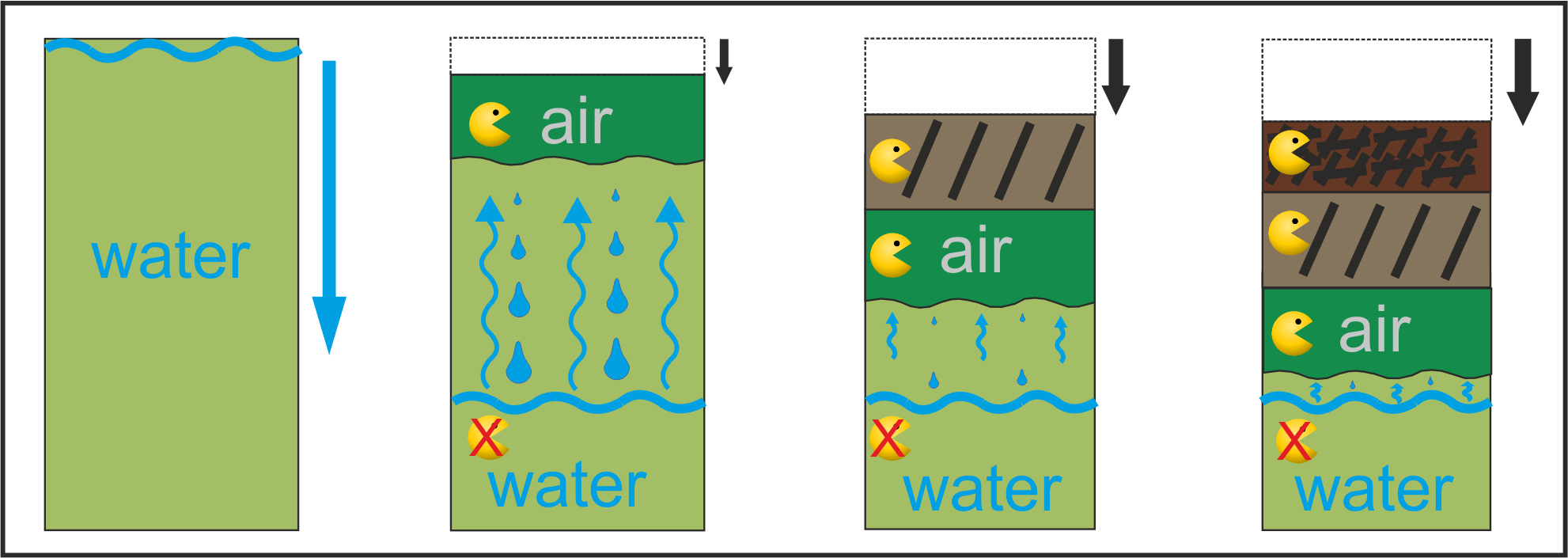
What are the consequences:
– A degrading peatland loses its function as water storage.
– Naturally fixed carbon is release as carbon dioxide to the atmosphere and contributes to global warming.
– Losing a mire is also a loss of biodiversity, as the specialised mire plants give way to others which are usually adapted to drier environments.
– Up to a certain degree of degradation, the effects are reversible, when water saturation is re-established. Beyond the peatland can not be.
– A dry peatland, with soil that has still a high content of organic matter is highly endangered of catching fire.
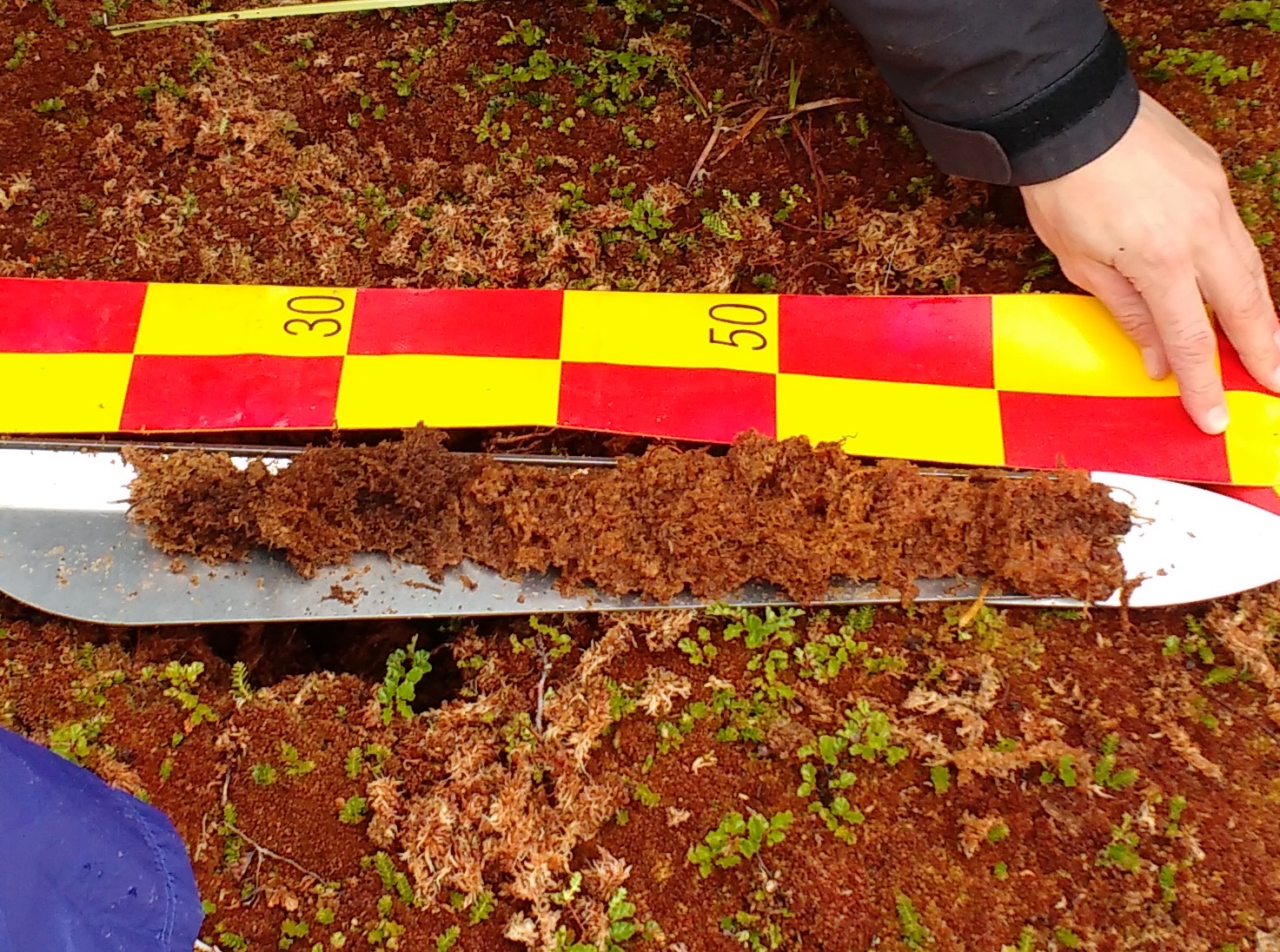
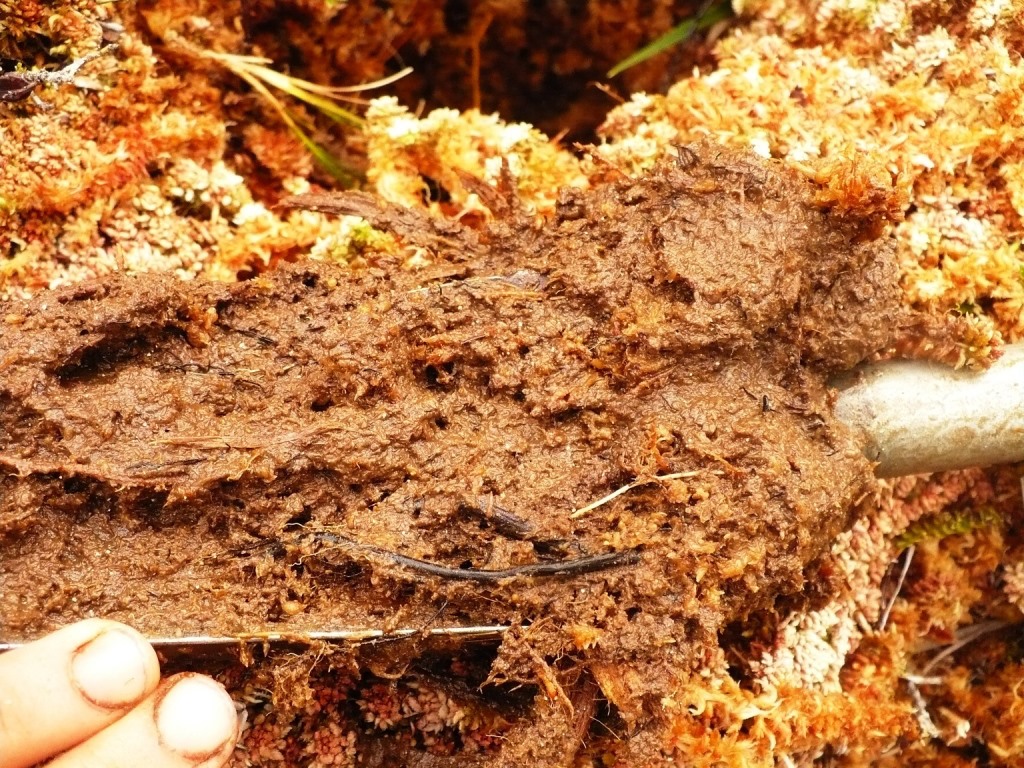


Sources:
Ilnicki, P. 1967. Peat shrinkage by drying as related to structure and physical properties (in Polish with English summary). Zeszyty Problemowe Postepow Nauk Rolniczych, 76:197–311.
